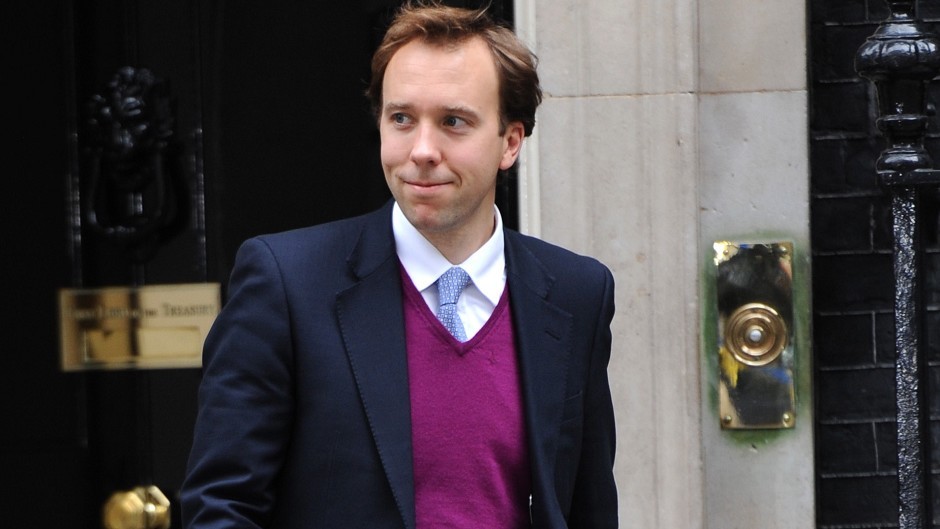Ministers and regulators could scrap a system that leaves north and north-east families paying hundreds of pounds extra for electricity.
The boss of the energy watchdog Ofgem has told MPs that he will investigate changes to a pricing structure that levies a 2p-per-unit surcharge on the areas’ consumers.
But the body’s chief executive Dermot Nolan also signalled that politicians would have to take the final decision.
UK Energy Minister Matt Hancock said that demands for a flat, national power price were “perfectly reasonable” and “worth looking at”.
The remarks follow the launch of a Press and Journal campaign last month for an end to the postcode lottery that penalises bill-payers in the north and north-east.
Danny Alexander, chief secretary to the Treasury and Highland MP, revealed in Saturday’s P&J that he had ordered Westminster officials to draw up new plans to help cut the cost of energy in the areas.
Charges vary depending on which of 14 regions a consumer lives, but power giant SSE has called for a national rate.
Sir Robert Smith, MP for West Aberdeenshire and Kincardine, quizzed Mr Hancock and Mr Nolan about it at a hearing of Westminster’s energy and climate change committee yesterday.
“Is there any reason why in this day and age they should have different charges?” Sir Robert asked.
Mr Nolan said changing the system was “not undoable” but would be “highly complex”.
He added: “We are looking at it and we will look at it further.
“I think it would be doable, but it would be a very, very major change, and I think it is a change that would be decided upon by policy-makers.
“There would be administrative costs, but it might be considered fairer, I absolutely take the point.”
Mr Nolan pledged to report back to MPs on the issue in “a matter of months”.
Mr Hancock, a Conservative minister, was also questioned about changing the system.
He said: “These things are always worth looking at.
“A decision to go to a national unified cost would have winners and losers, and it would involve some of those in areas of the country where it is cheaper paying by cross-subsidy for people in parts of the country where it is more expensive to connect.”
The minister suggested that the south of Scotland would end up having to pay more than at the moment.
“This policy proposition is not a free hit,” he said.
“It reflects a real difference in costs. There’s arguments on both sides as to whether you would want to make that change.
“It costs more to deliver letters to remote parts but we still have a national price for stamps.
“It’s a perfectly reasonable policy argument but there are equally arguments just as reasonable in the other direction.”
